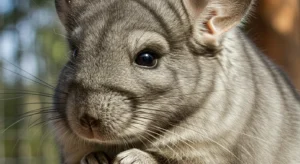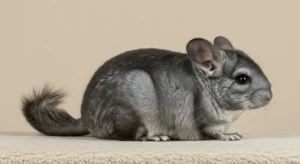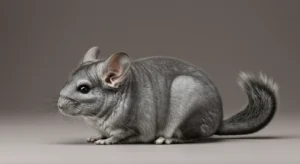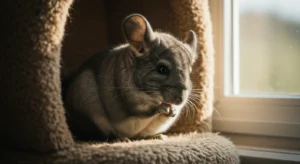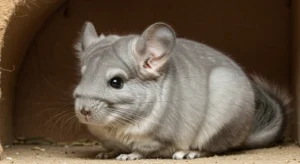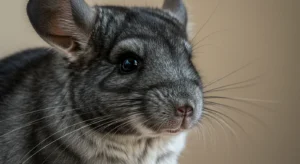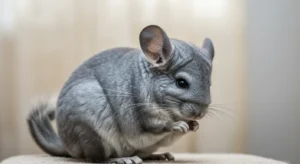From Wild to Pet: The History of Chinchillas
The journey of the chinchilla from a wild creature thriving in the harsh Andes Mountains to a beloved, albeit demanding, household pet is a story intertwined with exploration, commerce, conservation challenges, and dedicated breeding efforts. Understanding this history provides context for their unique needs and precarious status in the wild.
The Andean Habitat: Nature’s Design
For centuries, two species of chinchilla – the short-tailed (*Chinchilla chinchilla*, formerly *C. brevicaudata*) and the long-tailed (*Chinchilla lanigera*) – inhabited the arid, rocky slopes of the Andes Mountains in South America, primarily in modern-day Chile, Peru, Bolivia, and Argentina. They lived at high altitudes (up to 15,000 feet), adapting to the cold, dry climate with:
- Incredibly dense fur for insulation.
- Efficient water conservation.
- Agility for navigating rocky terrain.
- A diet based on sparse mountain vegetation.
- Crepuscular/nocturnal habits to avoid extreme temperatures and predators.
They lived in colonies, utilizing rock crevices and burrows for shelter.
Discovery and Exploitation: The Fur Trade
While indigenous Andean peoples utilized chinchillas, their exceptionally soft fur caught the attention of Spanish explorers and colonists in the 16th century. The name “chinchilla” likely derives from the Chincha people of Peru, who wore the fur.
- High Demand: By the 18th and 19th centuries, chinchilla fur became highly fashionable and prized in Europe and North America, commanding exorbitant prices.
- Intense Hunting: This demand led to relentless hunting and trapping across their range. Millions of chinchillas were killed for the fur trade.
- Population Crash: By the late 19th and early 20th centuries, wild chinchilla populations had plummeted dramatically, pushing both species towards extinction. This era highlights the devastating impact of the historical chinchilla fur trade danger.
The insatiable demand for their fur drove wild chinchillas to the brink of extinction, a status from which they have never fully recovered.
Mathias F. Chapman: The Father of Domestic Chinchillas
Recognizing the chinchillas’ perilous decline and potential for fur farming, an American mining engineer working in Chile named Mathias F. Chapman became pivotal in their domestication.
- Capture Effort: In the early 1920s, Chapman obtained permission from the Chilean government (which had by then enacted protections, though largely ineffective) to capture live chinchillas for breeding purposes.
- Difficult Journey: After a painstaking search, he managed to capture 11 viable chinchillas (reportedly 3 females and 8 males, likely *C. lanigera*). The journey down the mountains and then by sea to California (arriving in 1923) was arduous, requiring careful temperature control to keep the animals alive.
- Foundation Stock: These 11 individuals formed the foundation stock for virtually all domestic chinchillas found worldwide today.
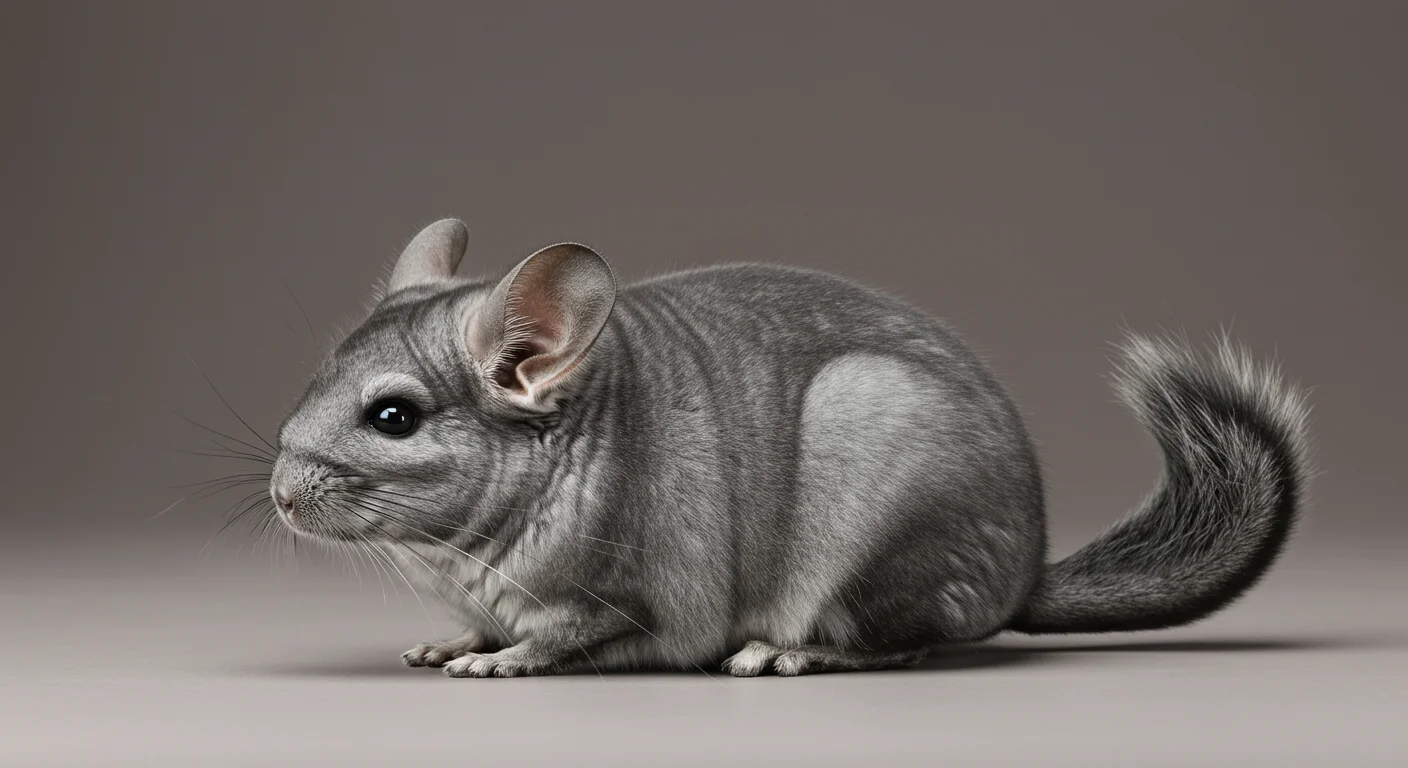
Development as Pets and Lab Animals
- Fur Farming: Initially, Chapman and subsequent breeders focused on establishing chinchilla fur farms.
- Shift to Pets: Over time, particularly after World War II and with changing attitudes towards fur, chinchillas gradually gained popularity as exotic pets, valued for their unique appearance, soft fur (to admire, not wear!), and engaging personalities.
- Color Mutations: Selective breeding led to the development of various color mutations beyond the standard gray, further increasing their appeal in the pet trade. The evolution of chinchilla color genetics began in captivity.
- Laboratory Use: Due to certain physiological similarities to humans (particularly their ear structure), chinchillas have also been used in biomedical research.
Conservation Status Today
Despite captive breeding success, wild chinchillas remain in dire straits:
- Critically Endangered: Both *C. lanigera* and *C. chinchilla* are listed as endangered or critically endangered by the IUCN.
- Threats: Continued habitat loss (mining, grazing), illegal hunting (though much reduced), and small, fragmented populations threaten their survival.
- Conservation Efforts: Efforts are underway to protect remaining habitats and study wild populations, but their future remains uncertain.

Legacy as Pets
The chinchillas found in homes today are descendants of that small group brought by Chapman. Their history underscores:
- Their specific environmental needs (cool temperatures, low humidity).
- Their dietary requirements (high fiber).
- The importance of responsible breeding to maintain genetic health.
- The ethical responsibility owners have towards these animals whose wild cousins face extinction.
From endangered mountain dwellers saved by a perilous journey to popular exotic pets, the chinchilla’s history is a compelling story of adaptation, human impact, and the responsibilities that come with keeping a piece of the wild in our homes.
